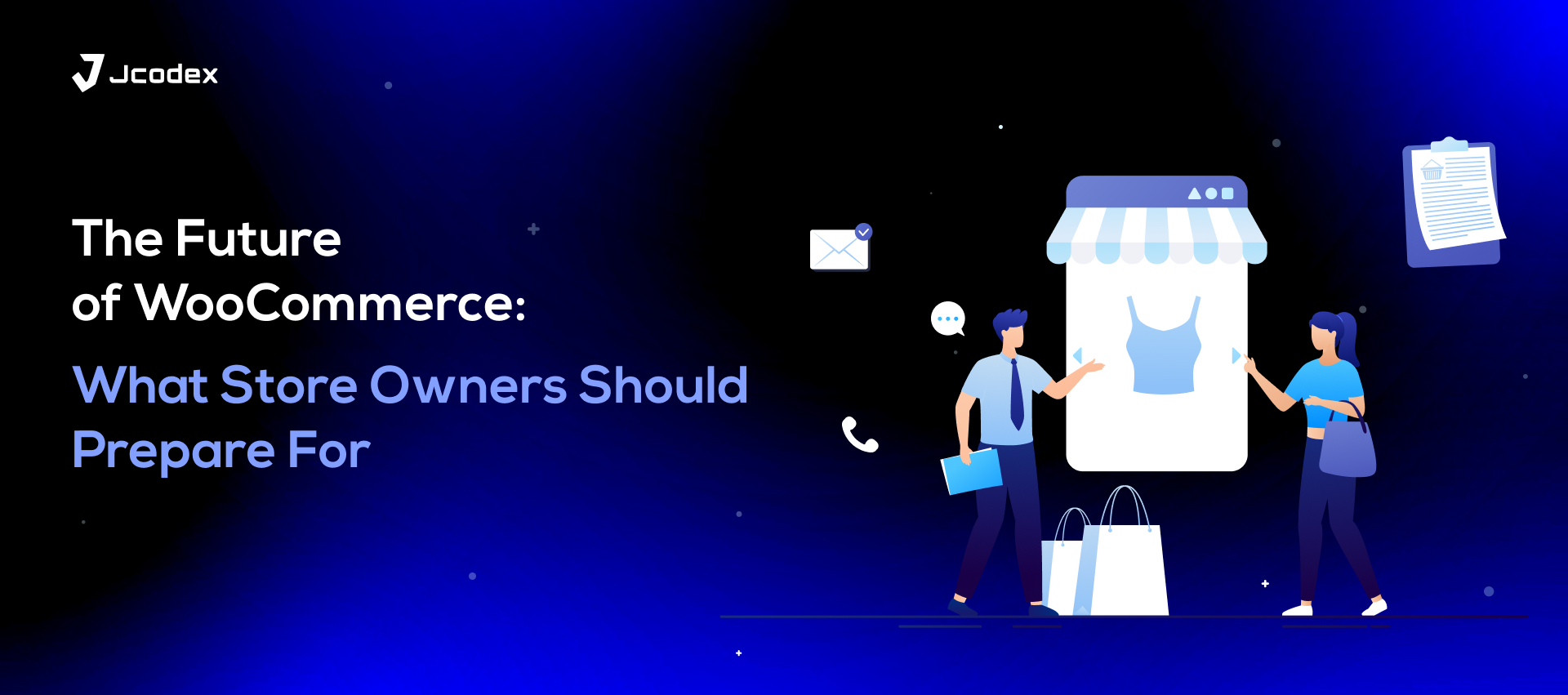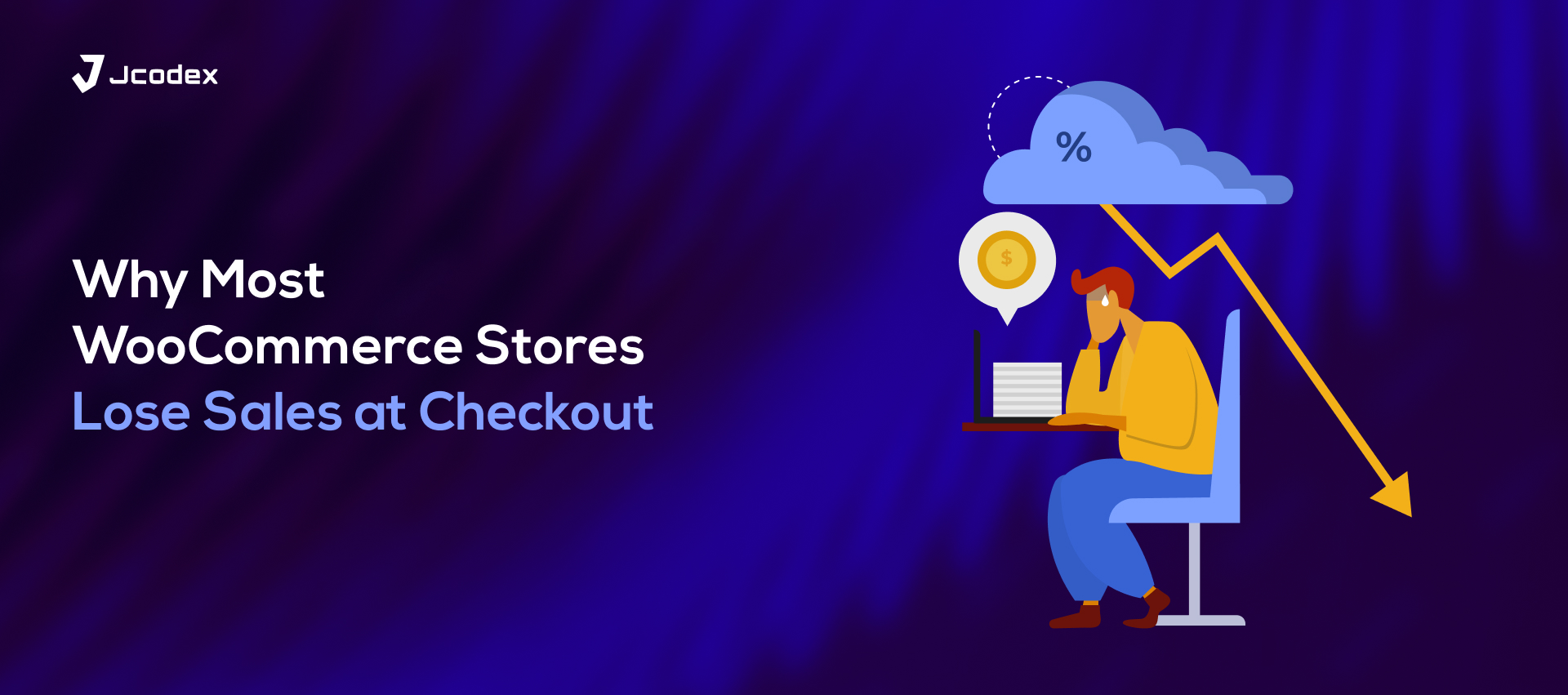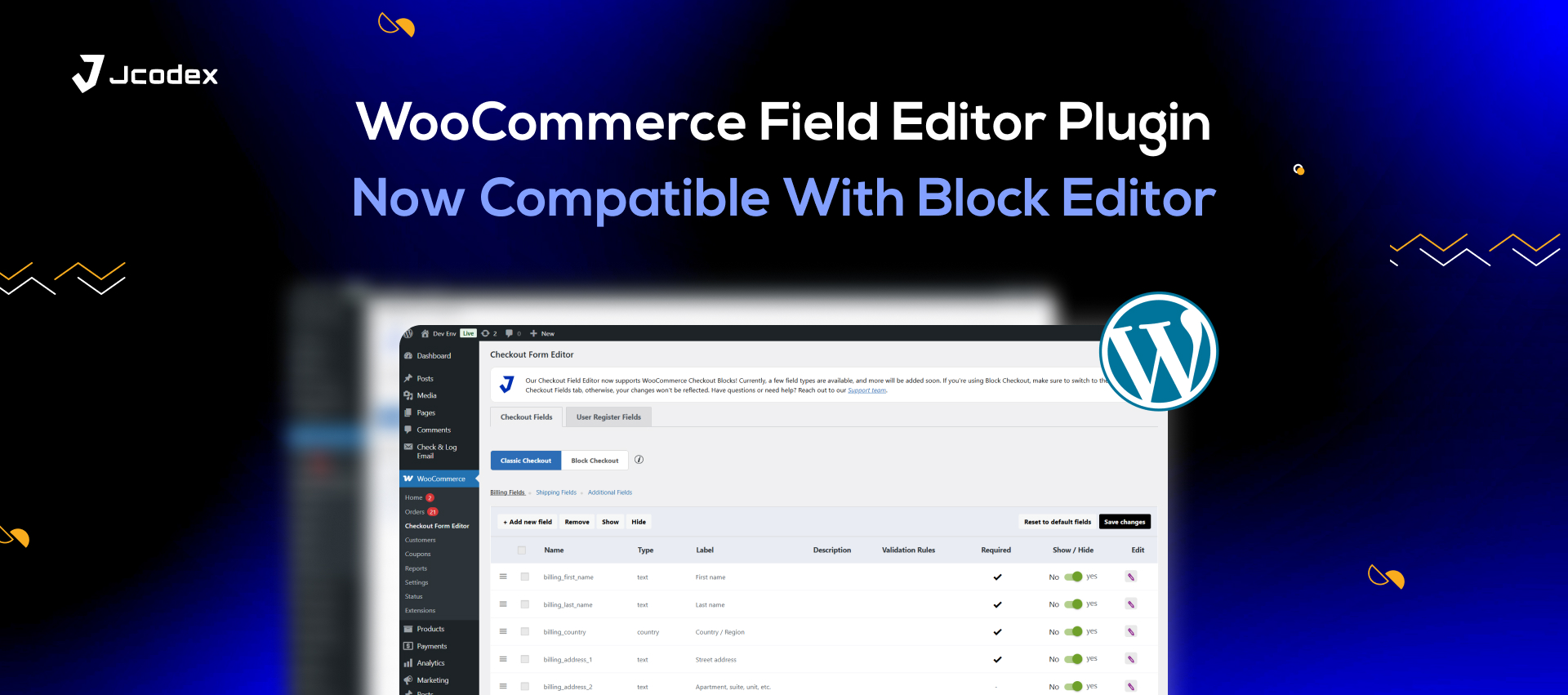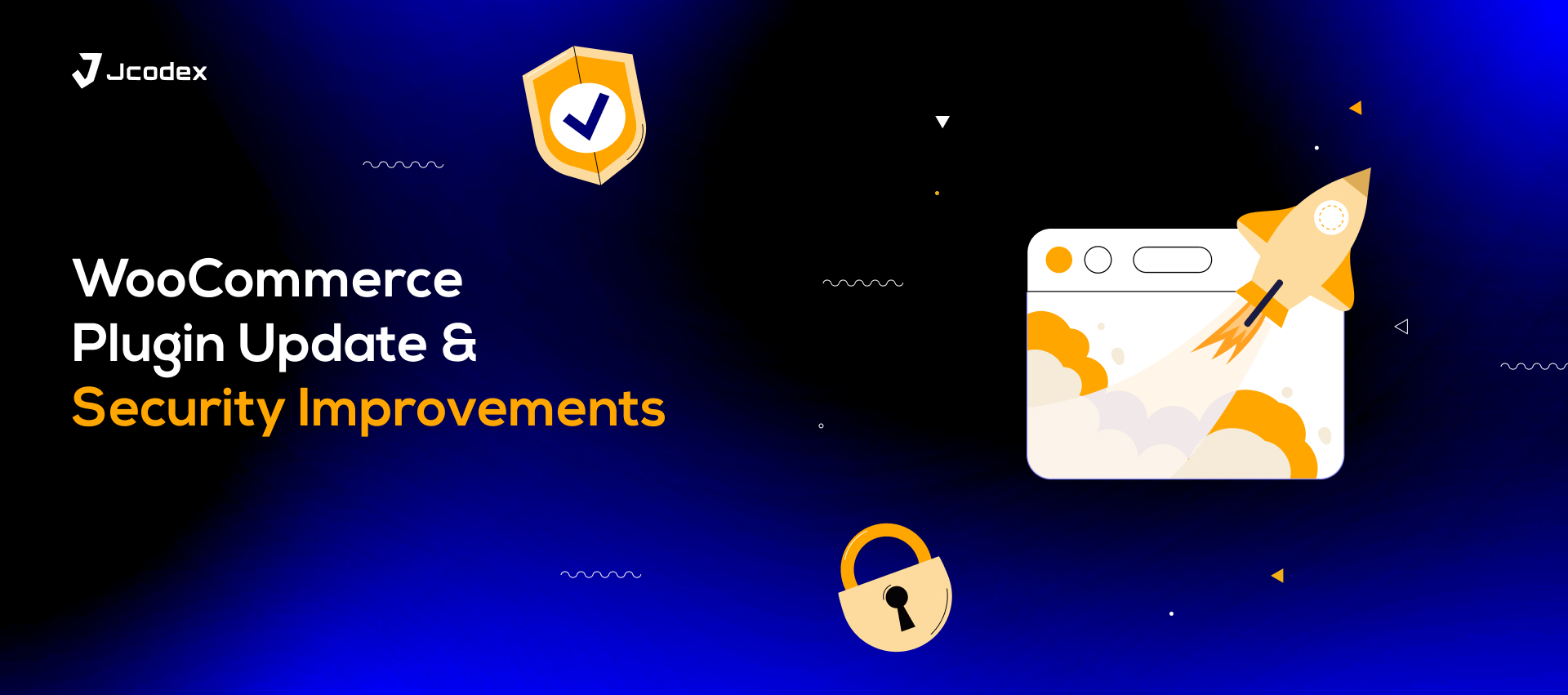I’ve been working with WooCommerce for years, and one thing I’ve learned is that this platform never stands still. Every year, new updates, technologies, and customer expectations reshape how online stores operate. What worked two or three years ago might not cut it today and definitely won’t tomorrow.
If you run a WooCommerce store, you’ve probably felt that tension: keeping things stable while also trying to keep up. The good news? WooCommerce is still one of the most flexible and future-ready ecommerce platforms out there. But success will depend on how quickly you adapt.
Let’s talk about what’s changing, what’s coming next, and what you can start doing now to stay ahead.
WooCommerce Is Growing Up Fast
When WooCommerce first appeared, it was basically a simple plugin for WordPress users who wanted to sell a few products online. Fast forward to today, and it’s a full-fledged ecommerce ecosystem capable of running complex stores, global marketplaces, and even headless setups.
Over time, it’s become far more stable and professional. We’ve got block-based design tools, advanced checkout customization, faster performance, and better integrations with marketing and analytics tools.
But what’s really interesting is how WooCommerce is evolving to match modern ecommerce demands especially around flexibility, speed, and automation.
1. The Shift Toward Block-Based and Visual Design

If you’ve updated WordPress recently, you’ve probably noticed how “block-based” everything is becoming. WooCommerce is following the same path moving away from shortcodes and rigid templates toward a flexible, visual building experience.
This is a big deal for store owners. You’ll soon be able to customize every section of your store from product pages to checkout using simple drag-and-drop tools. No PHP editing, no weird template overrides.
But here’s the catch: older themes and plugins might not play nicely with this new structure. I’ve already seen a few stores run into layout issues because their theme wasn’t fully compatible with the latest WooCommerce blocks.
My advice:
If your store still uses an older theme or relies on outdated checkout plugins, plan your transition early. Use themes that are officially block-compatible and start experimenting with the block editor in a staging environment. It’ll save you a lot of headaches later.
2. Headless WooCommerce and Next-Gen Performance
You’ve probably heard the buzzword “headless ecommerce.” In simple terms, it means separating your store’s front-end (what users see) from the back-end (where data lives).
Why does this matter? Because it can make your WooCommerce store insanely fast. Instead of relying on traditional PHP templates, developers are now using frameworks like Next.js, React, or Vue to build super-fast interfaces that fetch data via the WooCommerce REST API.
I’ve worked on a few headless projects, and while setup takes more effort, the results are worth it lightning-fast load times, app-like user experiences, and total design freedom.
Who should care:
If your store gets lots of traffic or you’re scaling globally, going headless (or at least adopting a hybrid model) is something to look into. It’s a glimpse into where ecommerce is heading fast, flexible, and API-driven.
3. Smarter Stores with AI and Automation

Let’s be honest: managing an online store isn’t easy. Between updating products, handling customer queries, and analyzing data, it can feel endless. That’s where automation and AI are starting to make a real difference.
I’ve seen WooCommerce stores using AI for things like:
- Personalized product recommendations
- Automated chat support
- Dynamic pricing based on demand
- Predictive inventory management
And the best part? You don’t need enterprise-level budgets anymore. There are affordable plugins and SaaS integrations that can plug into your WooCommerce dashboard and take care of tasks that used to eat hours every week.
What to try:
If you’re just getting started, look into AI tools that help with product descriptions or email marketing. Even something as simple as automating abandoned cart emails can have a huge impact on revenue without adding work.
4. Mobile-First Everything
If you look at your analytics, chances are most of your traffic already comes from mobile devices. That’s not changing in fact, it’s increasing.
The future of WooCommerce will be mobile-first, not just mobile-friendly. That means:
- Checkout flows optimized for thumb taps, not mouse clicks
- One-page checkouts and express pay options (Apple Pay, Google Pay)
- Faster page loads and minimal clutter
I can’t count how many times I’ve seen beautifully designed desktop stores fall apart on mobile. The sad truth is that many store owners don’t test their checkout flow on a phone until sales start dropping.
Quick tip:
Pretend you’re a customer. Try buying something on your phone from your own store. If it takes more than 3 steps or more than 10 seconds to load, that’s your first priority to fix.
5. Sustainability and Authentic Branding

This one’s less technical but equally important. Shoppers today, especially Gen Z, care about what brands stand for. They notice when a store is transparent, environmentally conscious, and authentic.
I’ve worked with small brands that grew faster simply because they shared their story — not because they had the biggest ad budget. They showed how their products were made, sourced ethically, or shipped with less waste.
WooCommerce gives you the tools to do this easily: blog integration, about pages, story sections, and even sustainability-focused plugins.
Pro tip:
Don’t hide your brand story behind a footer link. Bring it forward. Show customers why you exist, not just what you sell. It’s one of the simplest ways to future-proof your brand identity.
6. Security, Speed, and Hosting the “Unseen” Future
Here’s something a lot of store owners overlook: the most powerful future upgrades aren’t flashy, they’re foundational.
Things like faster hosting, optimized caching, and secure payment gateways are what make everything else work smoothly. I’ve seen countless stores chase fancy new features while ignoring performance basics and it always backfires.
WooCommerce will keep pushing for better performance and compatibility, but your hosting stack plays a huge role. Managed WooCommerce hosting, CDN services, and proper caching setups are becoming standard, not optional.
Here’s a checklist I recommend:
- Keep WooCommerce, WordPress, and all plugins updated
- Use SSL and a reliable payment processor
- Set up automatic daily backups
- Test your site speed every few months
- Limit unnecessary plugins that slow things down
7. SEO and the Rise of Conversational Search

Google’s search results are changing fast thanks to AI-driven features like “Search Generative Experience” (SGE) and voice queries.
This means SEO isn’t just about keywords anymore. It’s about helpful content, structured data, and user experience.
In the future, WooCommerce stores that answer real customer questions directly on their product or FAQ pages will rank higher. Think of your content as a dialogue, not a dump of keywords.
Action step:
Use natural language in your product descriptions and blog posts. If your customers might ask, “What’s the best eco-friendly yoga mat?”, then create content that literally answers that question.
8. Staying Agile: The Real Secret to WooCommerce Success
If there’s one takeaway from all of this, it’s that ecommerce never stops evolving. The most successful WooCommerce stores I’ve worked with aren’t necessarily the biggest; they’re the ones that adapt fastest.
Whether it’s updating their theme, trying new payment options, or experimenting with AI, they don’t wait for the “perfect moment.” They keep moving.
So, if you’re planning for the future, start small. Test, learn, and adjust. The WooCommerce ecosystem gives you full control and uses that to your advantage.
Final Thoughts
The future of WooCommerce looks exciting, faster, smarter, and more customizable than ever before. But it also demands a bit more awareness from store owners.
If you treat your store like a living project, something that evolves with your customers and technology you’ll stay ahead of the curve.
At the end of the day, that’s what makes WooCommerce so powerful. You’re not locked into anyone’s roadmap. You get to build your own future.




